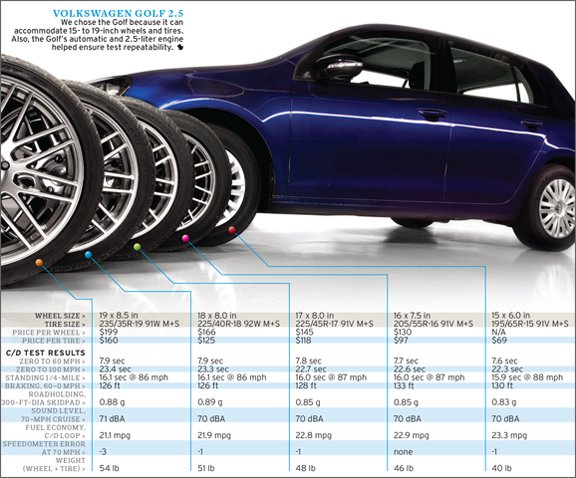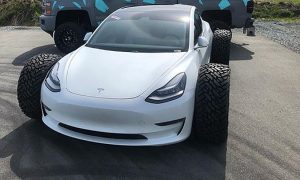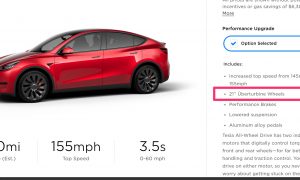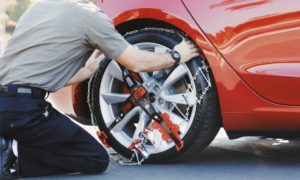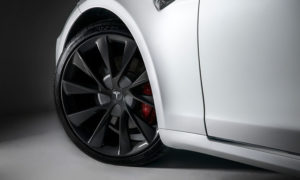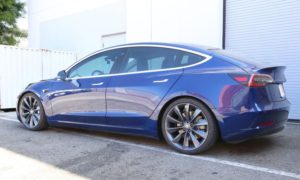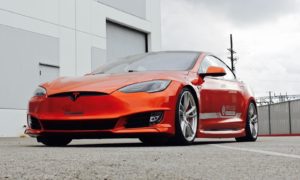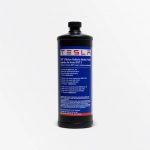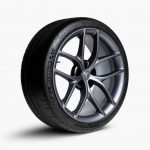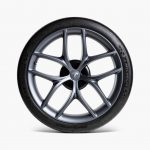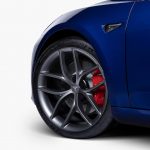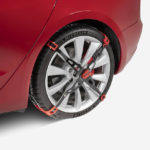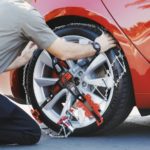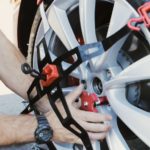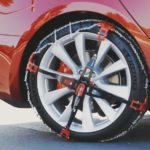Aftermarket Wheels
Wheel Size Effect on EV Range
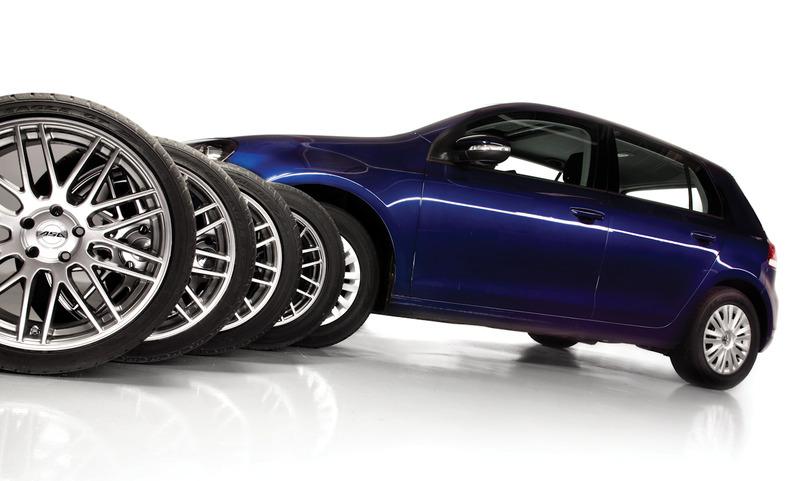
With the Tesla Model S becoming one of the top selling luxury sedans of 2013, a myriad of Tesla aftermarket companies are looking to capitalize on range-anxious owners by launching lightweight wheels claimed to increase mileage. But does it really work?
The science behind a wheels rotational mass and its impact on driving range as well as overall performance is not a simple one. Tire/wheel weight is most crucial during acceleration and deceleration with the heavier tires & wheels producing a larger polar moment of inertia thereby requiring more energy to rotate. With mass kept closer to the rotational axis, it would have a much lower polar moment of inertia and in effect be easier to rotate. This however has little impact on range since the contact surface of the tire to the pavement largely determines the amount of friction that’s generated. The more rolling resistance the less range. It’s the same reason why soap box derby cars and long range cycling bikes have as little contract area to the ground as possible.
So before you head out and spend you hard earned dollars and the newest 22″ magnesium/titanium/super metal wheel, one should think twice since it can negatively affect your mileage and acceleration times. No bueno.
Aftermarket Wheels
Pirelli unveils its first-ever replacement tire for EVs: the All Season Plus with Elect marking
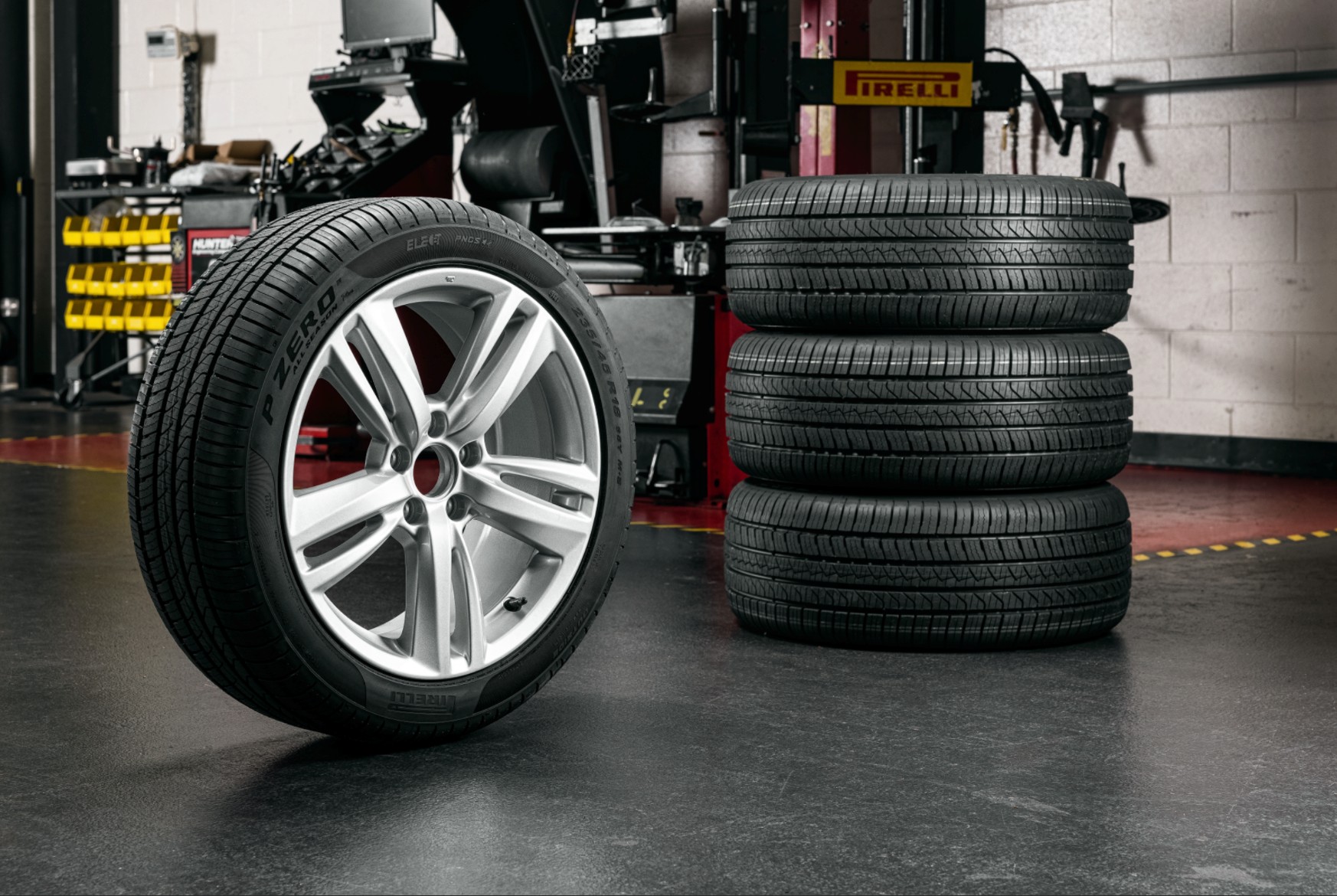
Pirelli, the Italian tire maker, announced today the introduction in North America of its first-ever replacement tire for electric vehicles: the P Zero All Season Plus with Elect Marking.
The Elect marking on Pirelli’s tires indicates several distinct advantages. First, the tire has low rolling resistance, which increases driving range and reduces energy consumption, making stops at electric vehicle chargers less frequent. When coupled with a high-range vehicle, like the Lucid Air Dream Edition or Tesla Model S All-Wheel Drive, the Pirelli Elect series decreases road contact, making the vehicles more efficient. When non-Elect P Zero All Season Plus tires have been fitted on vehicles, the Pirelli product has shown a reduction of rolling resistance by 15 percent, translating to direct improvement of the EV battery life cycle.
One of the most important and distinct advantages is also the reduction of road noise, creating a more peaceful a quiet experience in the EV’s cabin. In electric vehicles, road noise is more noticeable as the lack of a loud combustion engine, which drowns out these noises in a gas-powered car, provides more noise within the cabin. This was a main focus of Tesla for several years, as many consumers had stated road noise had gone to nearly intolerable levels. Tesla eventually worked with tire manufacturers for insulated rubber and made changes with its build processes to alleviate some of the cabin noise complaints.
Road noise won’t be a concern for those who utilize the Pirelli All Season Plus, as it features the company’s PNCS, or “Pirelli Noise Cancelling System.” Pirelli developed this technology to reduce interior noise thanks to a sound-absorbing material applied to the inside of the circumferential wall. It offers improved driving comfort, which is another feature appreciated by EV drivers. Tires equipped with PNCS have shown a 5 percent reduction in cabin noise versus the leading OEM competitor.
Pirelli’s new All Season Plus replacement tire, especially for EVs! (Credit: Pirelli)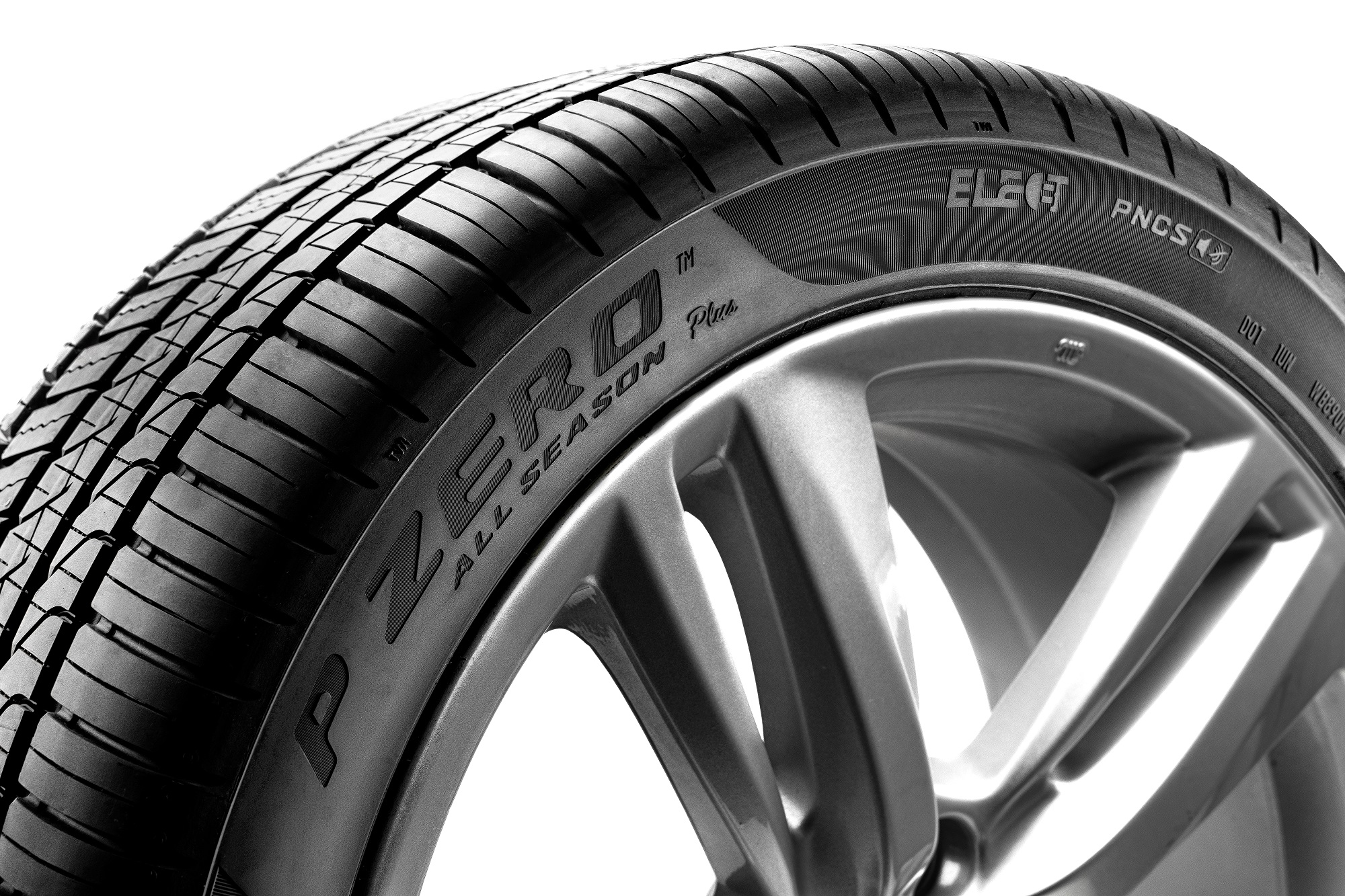
Another incredible advantage of Pirelli’s Elect tires is the immediate grip it provides for EVs, helping support the notoriously fast acceleration of electric powertrains. Along with the traction control and launch grip advantages, Pirelli’s tires support the weight of a battery-powered vehicle, the company said.
Pirelli continues to develop new tires and technology for EVs, especially as the automotive industry continues to show a massive transition to more sustainable powertrains. Pirelli was the first tire manufacturer to homologate a dedicated technology for EVs. It also has the highest number of homologations of tires for electric vehicles.
“Developing a tire specifically for electric vehicles requires a number of considerations you do not encounter when working with internal combustion engines,” Ian Coke, Chief Technical Officer at Pirelli North America, said. “Electric vehicles are heavier, have more powerful and faster acceleration off the line, and require lower rolling resistance.”
Pirelli developed a new compound formulation that increases abrasion resistance of the tire, which compensates for the high torque and increased weight, which EVs both have. The tire is built to offer “long-lasting performance in every condition,” the company said.
The new P Zero All Season Plus Elect will fit some of the most popular EV high-performance models and will be available from 18 to 20 inches. In addition to the clear EV vehicle benefits, the new P Zero All Season Plus Elect comes with a 50,000-mile limited treadwear warranty.
I’d love to hear from you! If you have any comments, concerns, or questions, please email me at joey@teslarati.com. You can also reach me on Twitter @KlenderJoey, or if you have news tips, you can email us at tips@teslarati.com.
Aftermarket Wheels
Tesla launches Model 3 Track Package with ‘Zero-G’ wheels and race-focused brake mods
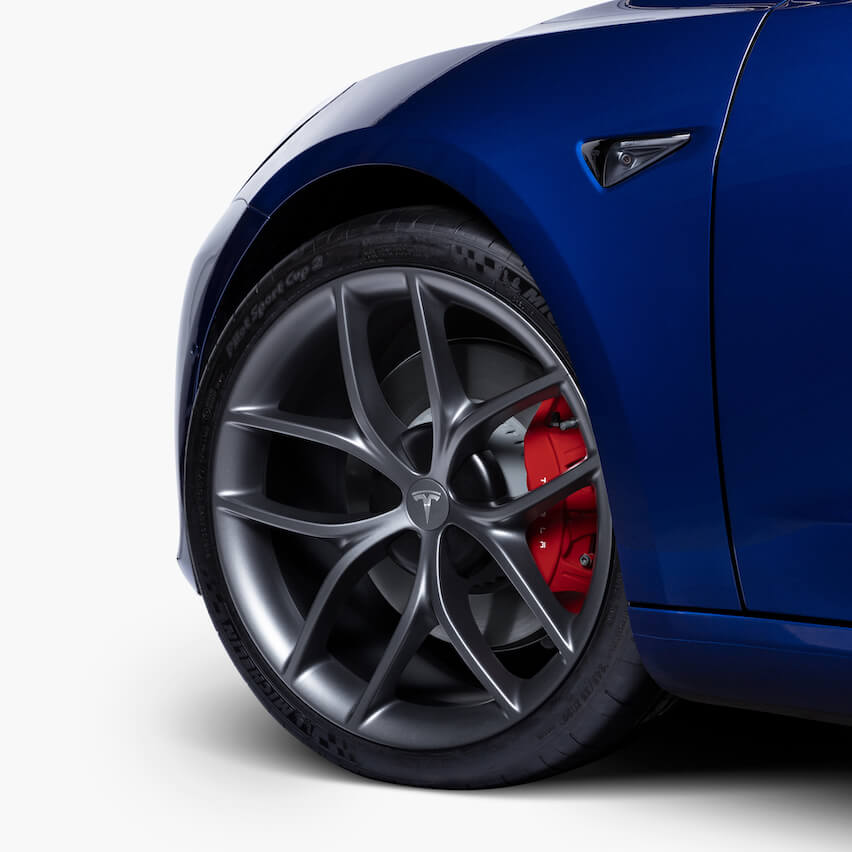
Tesla has launched a new Model 3 Track Package for racing enthusiasts looking to maximize track performance of their all-electric sedan with Zero-G Performance wheels and race-focused brake and tire modifications.
The new performance package is being offered for the Tesla Model 3 Performance variant at $5,500 and includes stickier Michelin Pilot Sport Cup 2 tires that are popular among track junkies, high-performance brake pads and racing brake fluid.
“Optimize the track performance of your Performance Upgrade Model 3. Track Package is a complete hardware package designed to give you maximum cornering force, braking performance and high-speed stability for the best lap times,” reads the description on Tesla’s online Shop for the upgrade.
Tesla Model 3 Track Package Includes:
- 4 x 20″ X 9″ Zero-G Performance wheels
- 4 x Tesla logo center caps
- 20 x Lug nut covers
- 4 x 245/35ZR20 XL Michelin Pilot Sport Cup 2 tires
- 4 x tire pressure sensors
- 1 x front and rear high-performance brake pads
- 1 x track-focused brake fluid
Included in the Model 3 track package are a set of 20-inch diameter “Zero-G Performance Wheels” in a “square set up”, whereby all four wheels and tires are of equal size. The upgraded Zero-G wheels in a 20″ x 9″ set up are 0.5 inches wider than the factory 20″ x 8.5″ Model 3 Sport Wheels. Combined with wider and stickier rubber from the Michelin Pilot Sport Cup 2 tires, drivers are able to negotiate more aggressive cornering speeds in their Model 3 Performance as well as higher entry speeds.
While Tesla’s single-pedal driving capability through regenerative braking means that a driver rarely needs to use the brakes, the demands of track driving at high speeds into turns on a race circuit require the heavy use of brakes, often leading to brake fade due to higher brake temperatures.
Tesla’s Model 3 Track Package includes high-performance front and rear brake pads that are designed to withstand more aggressive braking and higher temperatures, paired with Tesla-branded, track-focused brake fluid.
Model 3 Performance owners looking to purchase the $5,500 track package can coordinate shipping and installation with their local Tesla Service Center.
Shipments for the Model 3 Performance Track Pack is expected to begin in April 2020.
H/T @model3owners
Aftermarket Wheels
Tesla adds Model 3 snow chains for 20″ Performance wheels to online store
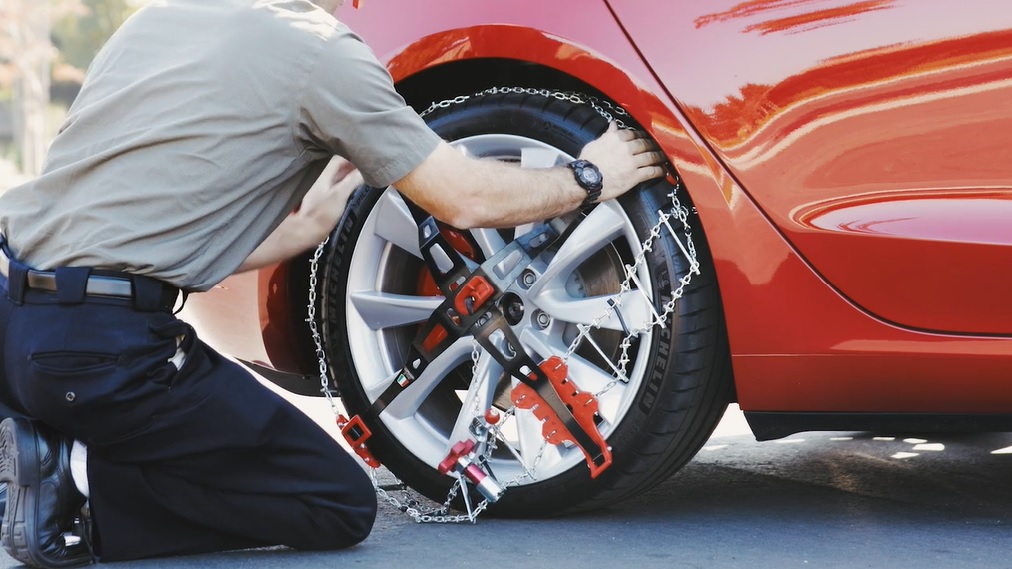
Tesla Model 3 snow chains for 20″ Performance wheels have been added to the company’s online store.
The Maggi Trak Sport 214 snow chain is a unique type of self-adjusting and easy-to-install chain that utilizes four clamps and one fixing point for installation. Rather than wrapping the chains around the inner portion of the tire, the outer wheel side of the drive wheels is used as the single fixing point over complex inner side attachments. Excellent traction and durability in snowy conditions are to be expected from the aftermarket addition. Previously, snow chains were only available for Model 3 with 19″ wheels in a dual motor and rear-wheel drive configuration and were produced by a different manufacturer.
Tesla’s store also notes that the Maggi Trak Sport chains are only approved for Model 3 Performance 20” wheels and Tesla-approved 235/35R20 tires. Additionally, they should only be installed on the rear wheels. For $290, the snow chain package includes a nylon protective bag, one pair of chains, and an installation guide, and delivery is anticipated to take 2-3 weeks.
- Tesla now offers snow chains for Model 3 AWD tires. | Credit: Tesla Motors
- Tesla now offers snow chains for Model 3 AWD tires. | Credit: Tesla Motors
- Tesla now offers snow chains for Model 3 AWD tires. | Credit: Tesla Motors
- Tesla now offers snow chains for Model 3 AWD tires. | Credit: Tesla Motors
According to the manufacturer, the self-adjusting nature of the Maggi Trek snow chains ensures a perfect grip between the chain and the tire tread. The gripping unit design has a smaller profile that won’t compromise the minimal space between the outer tire and inner wheel well, resulting in a safe and quiet drive. The Maggi Trak Sport snow chain system is also available for the Model S.
Watch the video below for how to install the Model 3 AWD Maggi trek snow chains, as demonstrated on a Model S:
-

 Elon Musk1 week ago
Elon Musk1 week agoTesla investors will be shocked by Jim Cramer’s latest assessment
-

 News2 weeks ago
News2 weeks agoTesla Robotaxi’s biggest challenge seems to be this one thing
-

 News2 weeks ago
News2 weeks agoWatch the first true Tesla Robotaxi intervention by safety monitor
-

 Elon Musk1 week ago
Elon Musk1 week agoA Tesla just delivered itself to a customer autonomously, Elon Musk confirms
-

 News2 weeks ago
News2 weeks agoTesla Robotaxi rollout proves that Elon Musk still delivers, even if it’s late
-

 Elon Musk2 weeks ago
Elon Musk2 weeks agoElon Musk confirms Tesla Optimus V3 already uses Grok voice AI
-

 Elon Musk2 weeks ago
Elon Musk2 weeks agoxAI welcomes Memphis pollution results, environmental groups push back
-

 Elon Musk2 weeks ago
Elon Musk2 weeks agoElon Musk commends Tesla team on successful Robotaxi launch

